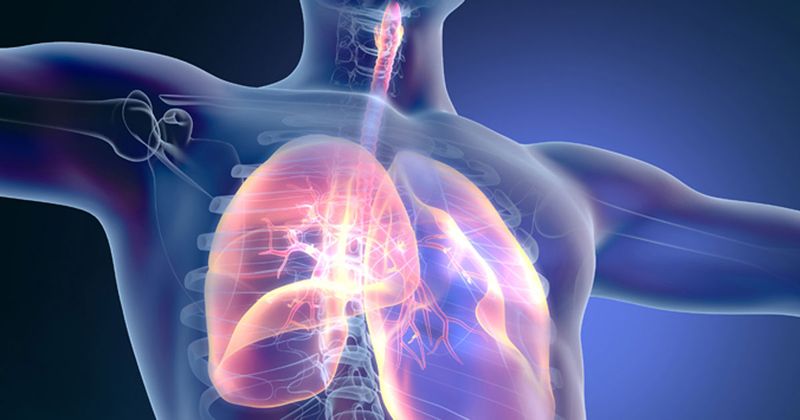‘Electronic nose’ a promising tool for early detection of lung transplant failure
Use of an electronic nose device was 86% accurate in detecting chronic lung allograft dysfunction in lung transplant recipients, according to data presented at the virtual European Respiratory Society International Congress.
“Survival of lung transplantation is mainly hampered by chronic lung allograft dysfunction,” Nynke Wijbenga, a PhD student and technical physician at Erasmus University Medical Center in Rotterdam, the Netherlands, said during a presentation. “Around 50% of lung transplant recipients are diagnosed with chronic lung allograft dysfunction less than 5 years posttransplantation. Median survival after diagnosis then depends on the phenotype.”

The electronic nose, dubbed eNose (SpiroNose, Breathomix), is a small device with sensors to detect volatile organic compounds present in 1% of exhaled breaths and can vary depending on metabolic processes. When a lung transplant recipient exhales into the device, the sensors detect the volatile organic compound patterns, and results can aid in identifying several lung diseases.
Wijbenga and colleagues conducted a single-center, cross-sectional study that included 91 bilateral lung transplant recipients (median age, 59 years; 47% men; median time since lung transplantation, 3.6 years) from July to November 2020. Researchers obtained one measurement from the eNose device from each lung transplant recipient and compared these results with previous diagnoses.
The eNose device demonstrated 86% accuracy in successfully discriminating between 68 patients with stable lung transplants and 23 patients with chronic lung allograft dysfunction (sensitivity, 88%; specificity, 78%).
Wijbenga said more research is required before widespread use of the eNose device, and noted that results of the current study warrant further verification in larger populations, validation in independent cohorts, and assessment on whether repeated measurements in the same patients may provide more accuracy diagnoses and earlier chronic lung allograft dysfunction diagnosis.
“Based on our data, we believe that exhaled breath analysis might have the potential to enable earlier diagnosis of chronic lung allograft dysfunction in the future,” Wijbenga said. “Currently, we are expanding the research to our entire lung transplantation cohort.”

